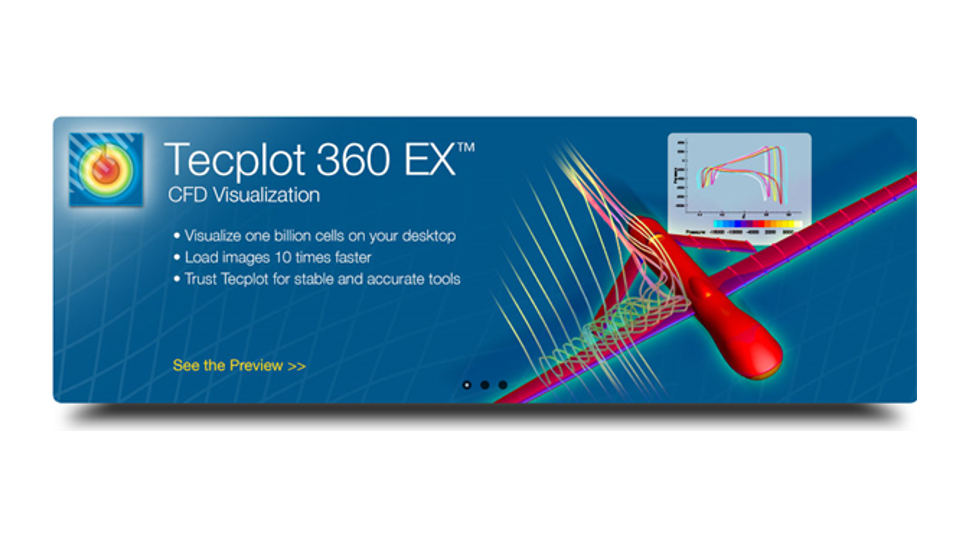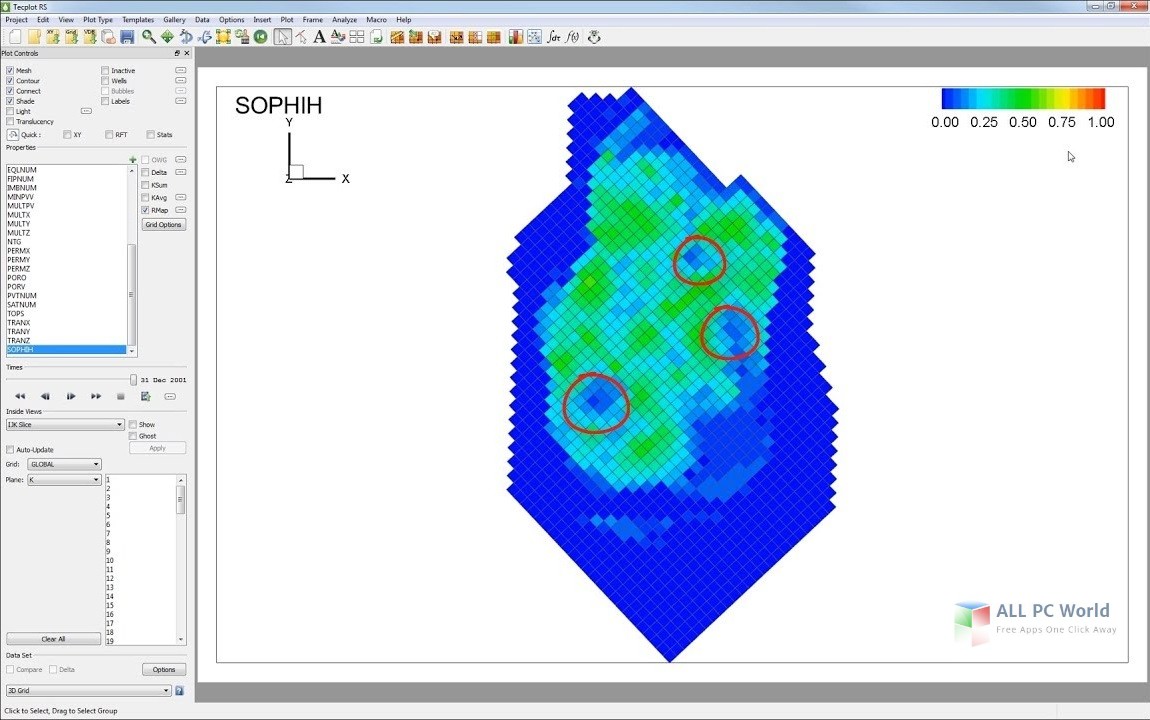
The NASA Trapazoidal wing case has 204 million finite-element cells in the volume zone, and another 5.1 million surface cells to define the geometry.

I thought it would be useful to compare the file size and Tecplot load times of these file types for a common CFD use case – the NASA Trapezoidal wing. #' writeTecplot 1 ) cat ( 'ZONE T="Element', e, '", I=', d $ I, ', J=', d $ J, ', K=', d $ K, '\n', file = f ) else cat ( 'ZONE T="Element', e, '", I=', d $ I, ', J=', d $ J, '\n', file = f ) write.table ( d $ data, row.names = FALSE, col.NASA Trap Wing – isosurface of Cp = -2.0. #' tectitle Title of the tecplot file (optional). #' #' fname Name of the file to be created. #' #' Creates a tecplot structured mesh file. parseHeader 1 ) ndim 1 ) ndim 1 ) cat ( 'ZONE T="helideck", I=', d $ I, ', J=', d $ J, ', K=', d $ K, '\n', file = f ) else cat ( 'ZONE T="helideck", I=', d $ I, ', J=', d $ J, '\n', file = f ) write.table ( d $ data, row.names = FALSE, col.names = FALSE, file = f ) close ( f ) } #' Write a tecplot structured mesh to a file. If z is not present, it is a #' 2d file, else a 3d file #' #' header Tecplot header characterizing the variables.

#' #' This function parses a tecplot file header (the format given by nektar) #' It returns a list containing the labels of the variables, the number of #' variables, the position of var x, y and z.



 0 kommentar(er)
0 kommentar(er)
